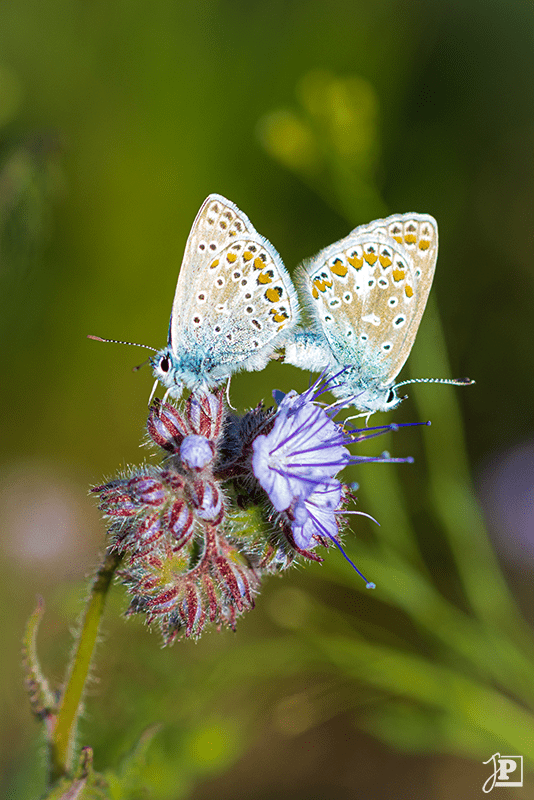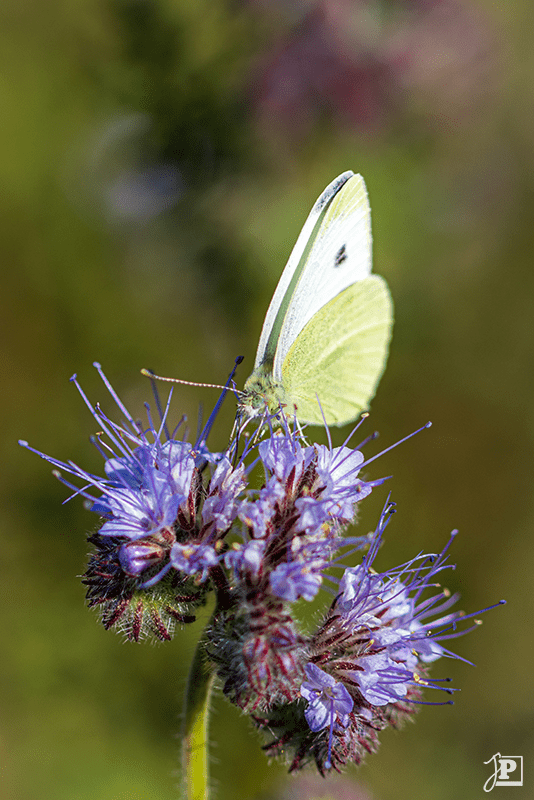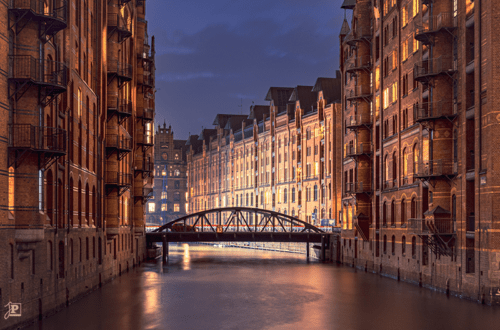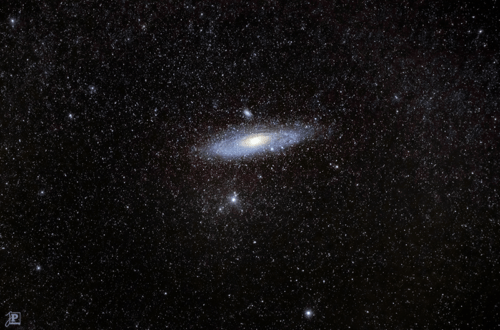Butterflies: Flighty Fellows
Wherever it blooms in spring and summer they are not far off, butterflies. They flutter around in all sorts of colors and patterns, rarely staying put long enough to get a proper look at them. Time to whip out the camera….
Butterflies
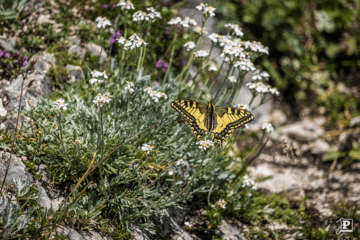
Cabbage whites and brimstone butterflies are, at least for me, the best known species. Their white and yellow wings can be seen flashing in the sunlight over gardens and meadows. But nowadays they don’t have it so easy. Between the intensively managed agricultural areas, less and less fallow land and wild meadows remain where they can find sufficient food and shelter.
Many domestic gardens do not look much better either. Especially in older settlements, many garden areas fall victim to post-densification and front yards become parking lots or “rock gardens” – at least the latter is fortunately prohibited by more and more cities and communities.
And the remaining gardens? Here, too, you often find large areas of “English lawn” or foreign ornamental woods, such as cherry laurel, which is not only useless for native insects and birds, but in some cases even harmful.
Fortunately, there are exceptions. In addition, many cities and communities have recognized the importance of butterflies, wild bees and other insects and are establishing “flowering strips.” These can be traffic isles, by the roadside, parts of public parks – and there are also farmers who make parts of their fields along the edges available to specifically plant flowers as a home for insects with success.
On the Hunt with Flash and Sunlight
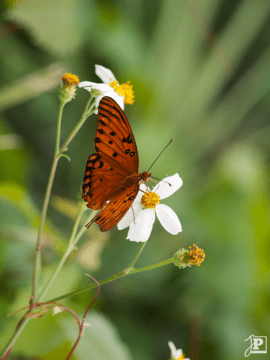
An old proverb says, “from twelve to three, the photographer has free”. This is because the harsh light of the midday sun is not favorable for portraits. For close-ups of flowers and insects, on the other hand, it is ideal. For one thing, the sharp shadows bring out the fine structures better. On the other hand, especially when working with a macro lens, a lot of light is needed to achieve a sufficiently short exposure time.
The problem here is not the shaking of the camera itself, but the swaying of flowers in the wind and the movement of insects themselves. That’s why I used an external flash in many of my photos of butterflies and bee, even in bright sunshine, to get exposure times of one thousandth of a second or less. In addition, because of the necessary depth of field, you should work with a closed aperture. Again, the more light, the better. If you’re interested further in the topic, you may also want to read my article on the flowers and the bees.
On nice days, I like to go “hunting” for insects with a macro lens and external flash. Fortunately, there are enough flowery gardens and meadows in the area. But even out and about in general with a regular lens, you can get some beautiful shots if you have a little patience and accept that you may not get quite as close.
For me, these photos are fascinating. You can see many details that elude the naked eye, especially when the butterfly is moving. The dotted eyes of the Cabbage White inspire me to this day. Just have a close look at the pictures below…
The Results
Here is a small selection of my butterfly pictures. Two of them have already made it into calendars, and I’m sure there will be more in the future.

